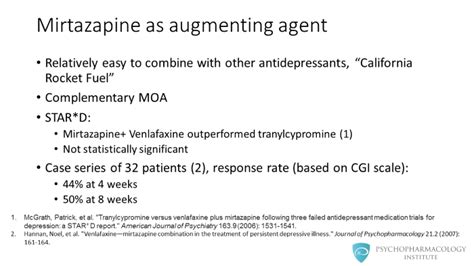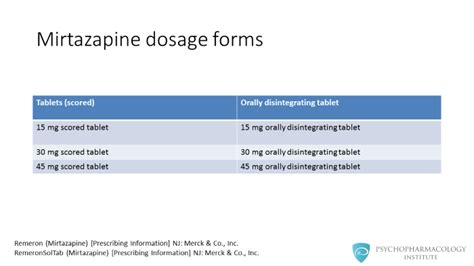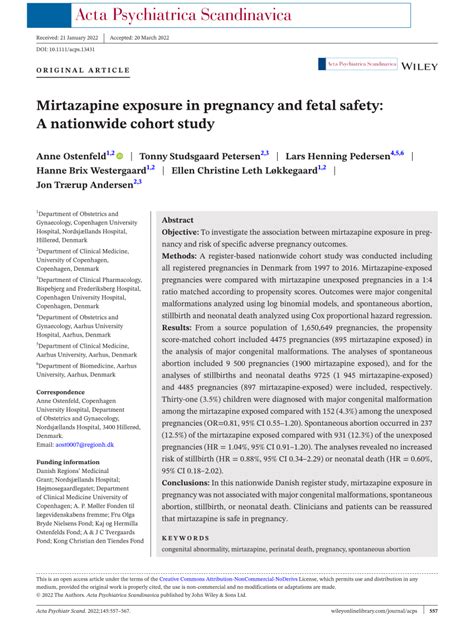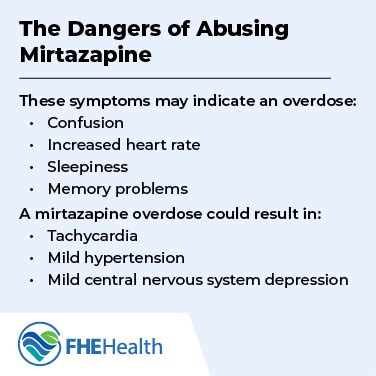Intro
Discover Mirtazapine 15mg tablet information, including uses, side effects, and dosage. Learn about this antidepressant medication, its benefits, and interactions, for effective treatment of depression and anxiety disorders.
Mirtazapine, a tetracyclic antidepressant, has been widely used in the treatment of major depressive disorder, anxiety disorders, and other mental health conditions. The 15mg tablet is one of the commonly prescribed dosages, and understanding its properties, uses, and potential side effects is crucial for patients and healthcare professionals alike. In this article, we will delve into the world of mirtazapine, exploring its mechanisms, benefits, and practical considerations for those taking this medication.
The importance of mirtazapine lies in its unique pharmacological profile, which sets it apart from other antidepressants. By acting as an antagonist at central presynaptic α2-adrenergic inhibitory autoreceptors and heteroreceptors, mirtazapine increases the release of norepinephrine and serotonin, neurotransmitters that play a crucial role in mood regulation. This distinctive mechanism of action contributes to its efficacy in treating depression and anxiety, making it a valuable option for patients who have not responded to other treatments.
As with any medication, it is essential to understand the benefits and potential drawbacks of mirtazapine 15mg tablets. On the one hand, mirtazapine has been shown to be effective in improving mood, reducing anxiety, and enhancing sleep quality. Its sedative properties, particularly at lower doses like 15mg, can be beneficial for patients struggling with insomnia or restlessness. On the other hand, mirtazapine can cause side effects, such as weight gain, dry mouth, and dizziness, which may impact a patient's quality of life.
Mirtazapine Mechanism of Action

Pharmacokinetics and Pharmacodynamics
Mirtazapine is rapidly absorbed after oral administration, with peak plasma concentrations reached within 2 hours. Its pharmacokinetic profile is characterized by a half-life of approximately 20-40 hours, allowing for once-daily dosing. The medication is extensively metabolized in the liver, primarily through the CYP2D6 and CYP3A4 enzymes, and its metabolites are excreted in the urine and feces.Mirtazapine Uses and Indications

Benefits and Advantages
The benefits of mirtazapine 15mg tablets include: * Rapid onset of action, with some patients experiencing improvements in mood and sleep within the first week of treatment * Effective in treating depression and anxiety, with a response rate comparable to other antidepressants * Sedative properties, which can be beneficial for patients with insomnia or restlessness * Relatively low risk of sexual side effects, compared to other antidepressantsMirtazapine Side Effects and Interactions

Contraindications and Warnings
Mirtazapine 15mg tablets are contraindicated in patients with a known hypersensitivity to the medication or its ingredients. The medication should be used with caution in patients with a history of seizures, as it may lower the seizure threshold. Additionally, mirtazapine should be used with caution in patients with renal or hepatic impairment, as its pharmacokinetics may be altered in these conditions.Mirtazapine Dosage and Administration

Practical Considerations
When taking mirtazapine 15mg tablets, patients should: * Take the medication at the same time each day, to maintain a consistent level of the medication in the body * Avoid drinking grapefruit juice, as it may interact with mirtazapine and increase the risk of side effects * Inform their healthcare provider about any other medications they are taking, as mirtazapine may interact with other medications * Monitor their weight and report any significant changes to their healthcare providerMirtazapine and Pregnancy

Risks and Considerations
When taking mirtazapine during pregnancy, patients should be aware of the potential risks, including: * Increased risk of birth defects, such as heart defects and cleft palate * Increased risk of premature birth and low birth weight * Potential for neonatal withdrawal symptoms, such as tremors and seizuresMirtazapine and Breastfeeding

Precautions and Considerations
When taking mirtazapine during breastfeeding, patients should: * Monitor their infant for signs of sedation, such as drowsiness and lethargy * Monitor their infant for signs of withdrawal, such as tremors and seizures * Consider expressing and discarding breast milk during the first few days of treatment, to minimize the infant's exposure to the medicationMirtazapine Overdose and Toxicity

Treatment and Management
In the event of an overdose, patients should: * Seek immediate medical attention, as prompt treatment can minimize the risk of complications * Provide their healthcare provider with information about the amount and timing of the overdose * Be prepared for supportive care, such as cardiac monitoring and seizure managementWhat is the recommended dosage of mirtazapine 15mg tablets?
+The recommended starting dose of mirtazapine is 15mg, taken once daily, preferably in the evening.
Can mirtazapine 15mg tablets be used during pregnancy?
+Mirtazapine 15mg tablets should be used with caution during pregnancy, as the medication may cross the placenta and affect the fetus.
Can mirtazapine 15mg tablets be used during breastfeeding?
+Mirtazapine 15mg tablets are excreted in breast milk, and the medication may affect the infant. The medication should be used with caution during breastfeeding.
What are the potential side effects of mirtazapine 15mg tablets?
+Mirtazapine 15mg tablets can cause side effects, including weight gain, dry mouth, dizziness, constipation, and increased risk of suicidal thoughts and behaviors.
How long does it take for mirtazapine 15mg tablets to start working?
+Mirtazapine 15mg tablets can start working within the first week of treatment, with some patients experiencing improvements in mood and sleep.
In summary, mirtazapine 15mg tablets are a valuable treatment option for patients with major depressive disorder, anxiety disorders, and other mental health conditions. While the medication can cause side effects, its benefits and advantages make it a popular choice among healthcare providers. By understanding the medication's mechanism of action, uses, and potential interactions, patients can make informed decisions about their treatment and work with their healthcare provider to achieve optimal results. If you have any questions or concerns about mirtazapine 15mg tablets, please do not hesitate to reach out to your healthcare provider or leave a comment below. Share this article with others who may benefit from this information, and let's work together to promote mental health awareness and support.
